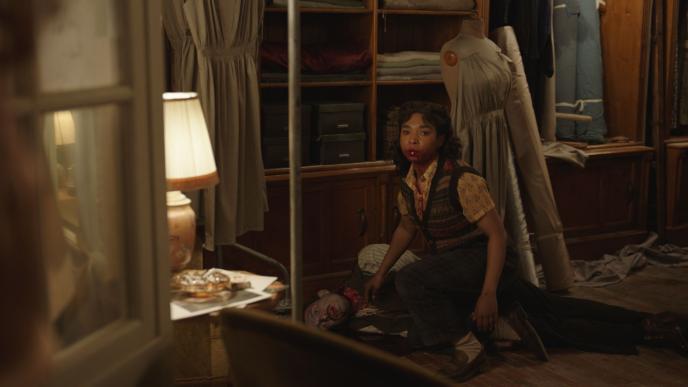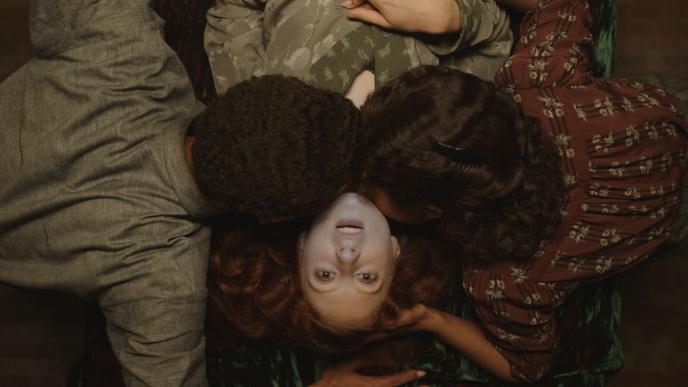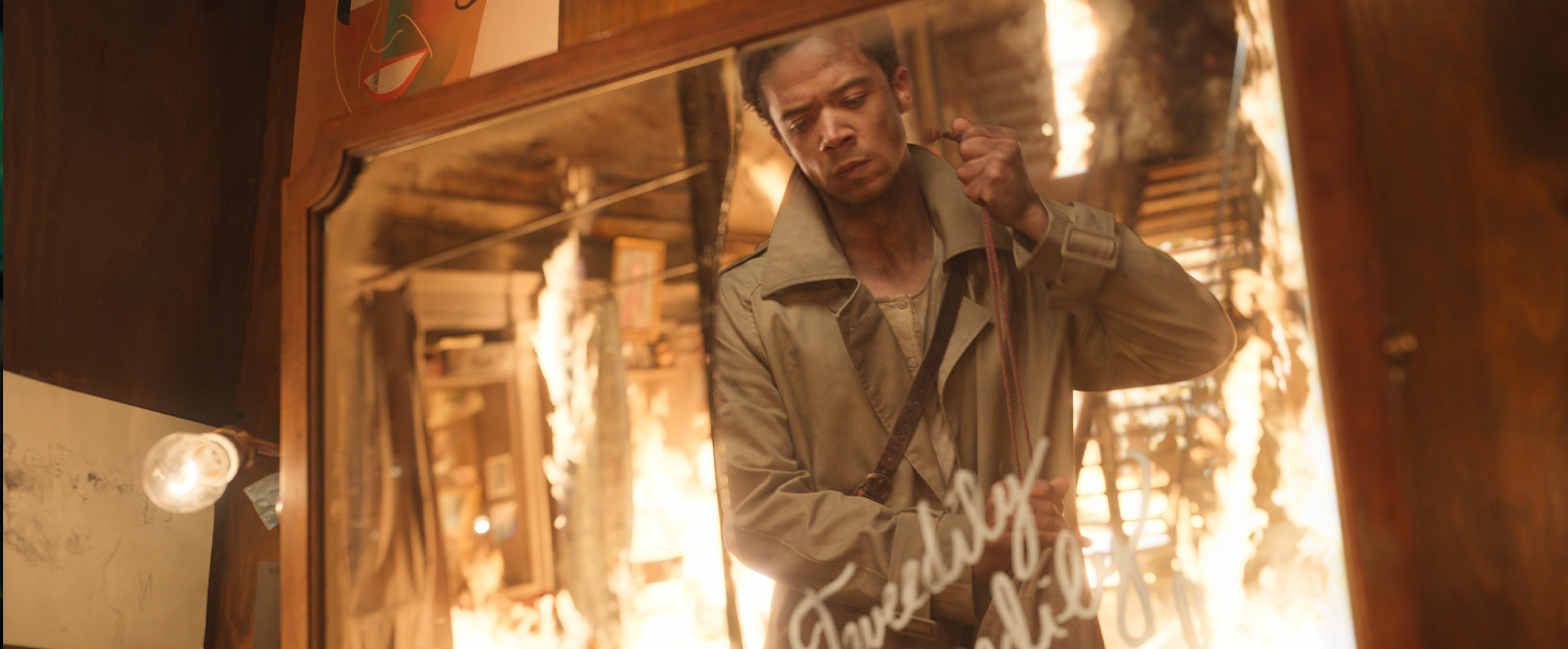
Interview With the Vampire: Season 2
Led by VFX Supervisor Pedro Sabrosa, Framestore crafted blood gore and more to capture the emotional intensity of the second instalment of Interview With a Vampire
Following the chaotic events of the previous season, Interview With a Vampire: Season 2 picks up right where Season 1 left off. This season follows protagonists Louis and Lestat across different time periods, delving deeper into the characters from Anne Rice’s famous novel.
Framestore’s team was tasked with creating impressive visual effects for this series, including fully CG and DMP environments, as well as extensive effects work involving fire, explosions, blood, and gore. There were circa one hundred shots to be intricately executed and while the characters are the main focus, the visual effects remained crucial.
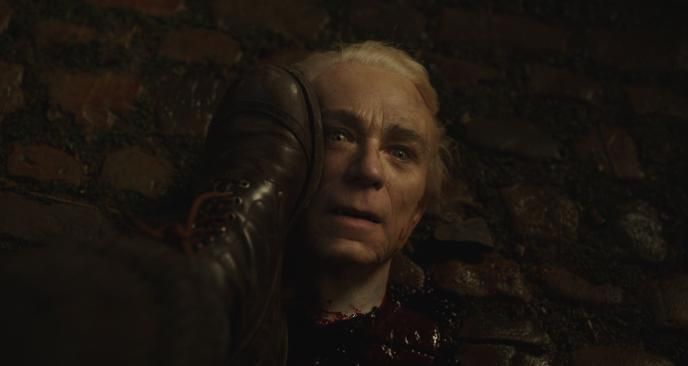
One standout shot involved adding blood, tears, and redness to the vampire's eyes.
“Though more subtle than some of the other work we had done, adding blood tears to the vampire’s eyes really helped heighten the drama and emotion of these scenes,” said Pedro Sabrosa. “Although not difficult for us to execute, these tears augment the actor’s performance and are poignant in the story.”
There is a lot of emotional chemistry between the two main characters, and much of the work focused on heightening and enhancing those moments. The team aimed to create invisible effects that amplify the performances without altering the actors' original work, subtly raising the emotional impact of each scene.
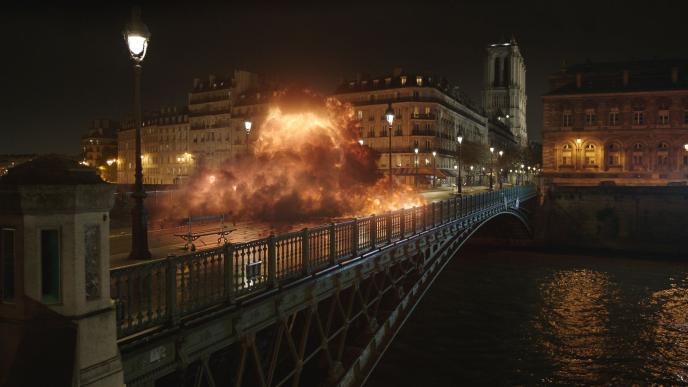
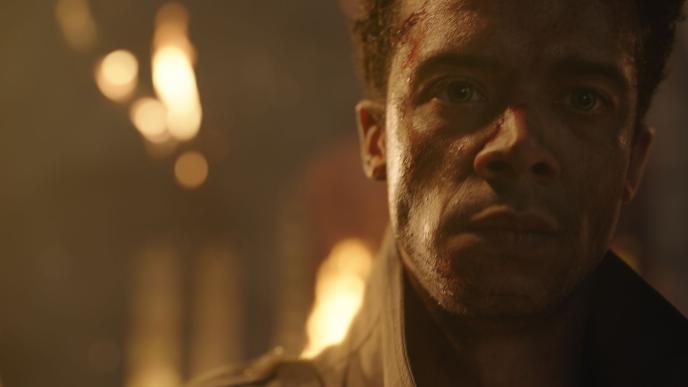
A lot of reference was gathered beforehand and discussed with the studio-side VFX Supervisor, Ted Rae, and VFX Producer, Glenn Kelly, to give Framestore’s artists a clear guide for their FX work.
“Most scenes were shot with practical elements, and we used CG environments sparingly, always tying our work to real footage, and there was always a real reference to guide us, ensuring everything felt realistic, ” said Pedro Sabrosa. “For example, when a skull dissolves into dust, it's lit properly to blend seamlessly with the real environment. This method helped maintain a sense of realism even within the fantastical setting.”
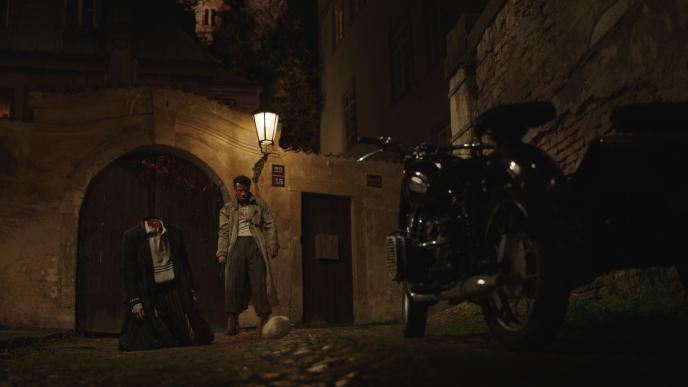
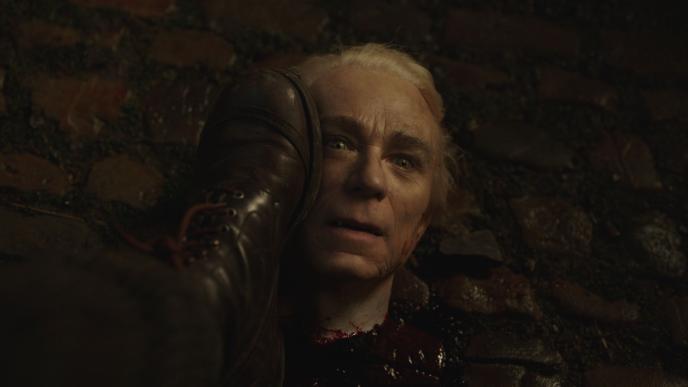
The show also featured scenes, such as a character walking out of a burning building, seeking revenge. Despite the grand and dramatic effects, everything remained grounded in reality, avoiding anything over the top, with the team always trying to make their work as invisible as possible.
“You need to art-direct the flames, deciding on their placement, intensity, appearance, and exposure, along with all other elements,” said Pedro Sabrosa. “This involves mixing CGI effects with real elements to create a cohesive and organic look.”
"It was a very positive and creative experience throughout the project. Our team was wonderful, and we worked exceptionally well together,” added Pedro Sabrosa. “The collaboration with the client was smooth and based on trust, making the creative process pleasant and productive for everyone involved."
